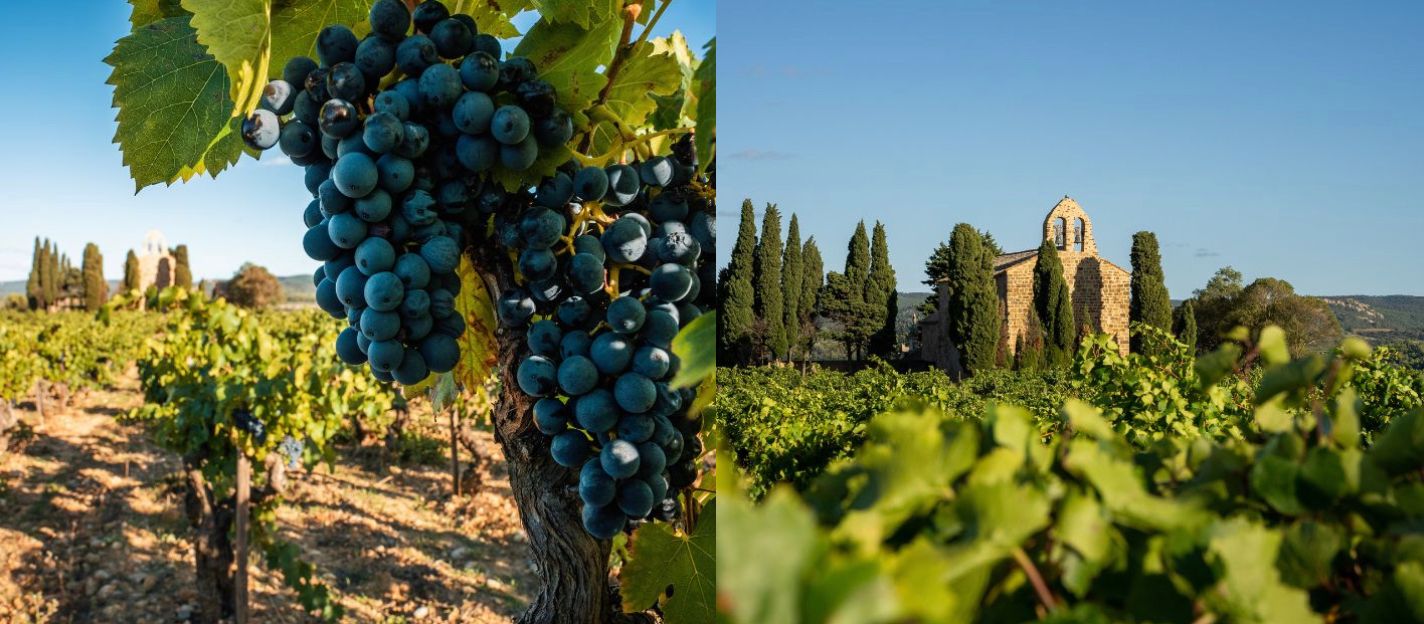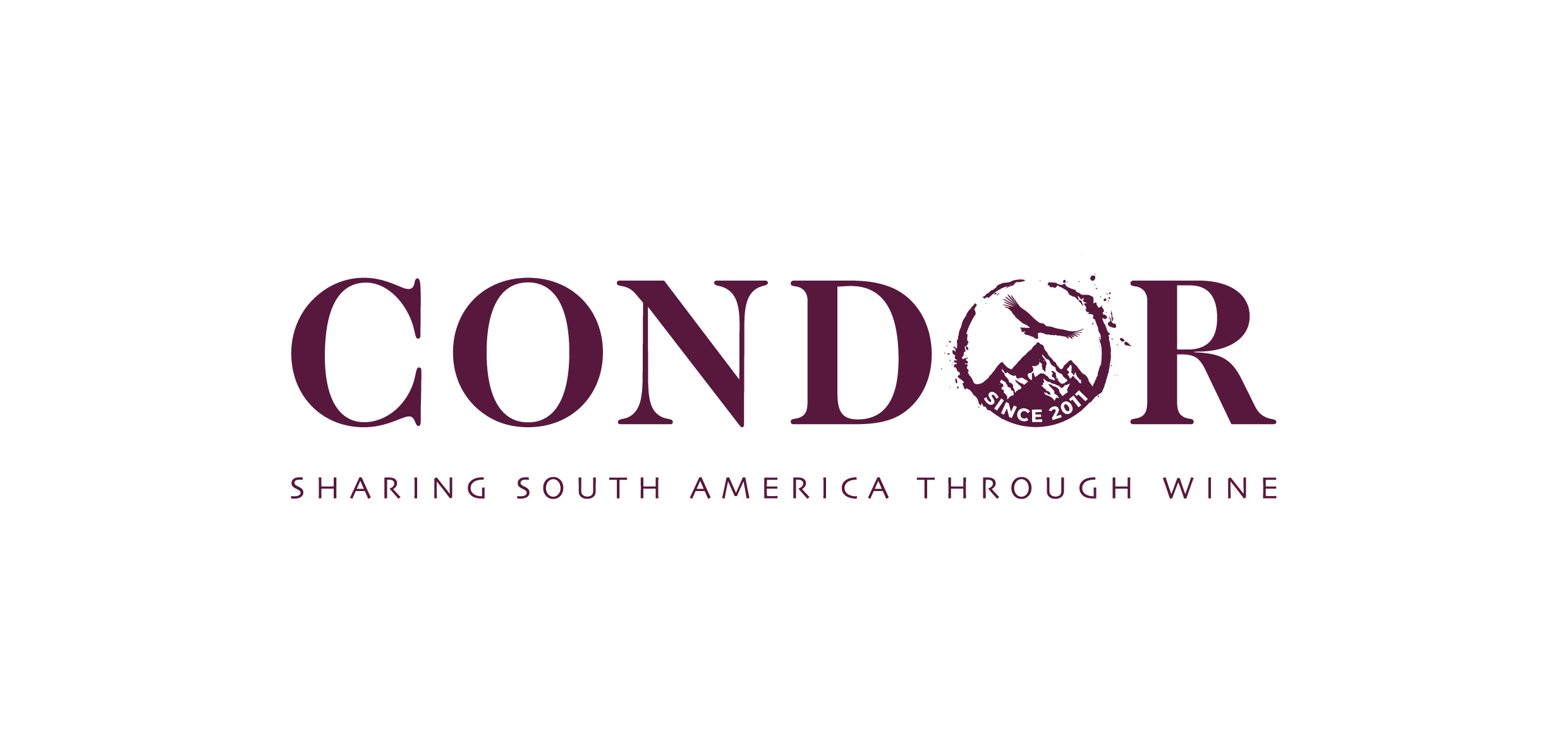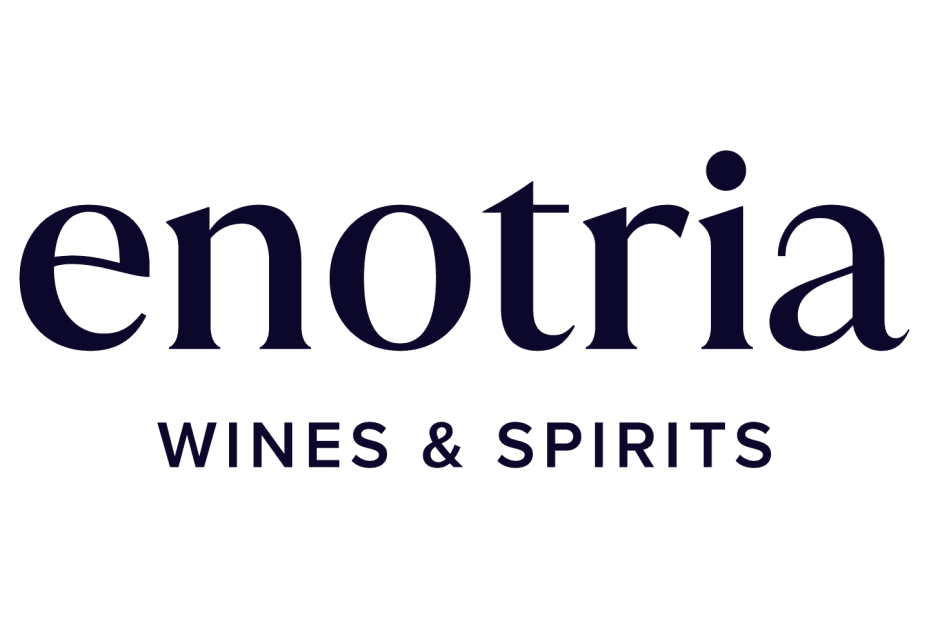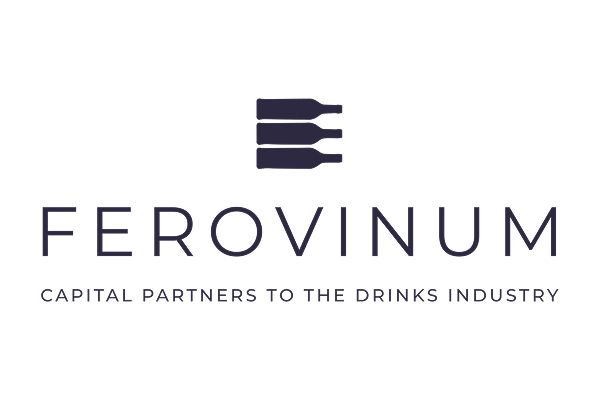A region rooted in resilience
For many years the Languedoc has been the great unknown on the map of French winemaking. This huge region, covering almost the entirety of France’s Mediterranean coast from the Spanish border to the Rhône delta, with its riot of AOPs and IGPs, presents a vast and bewildering challenge for even the most knowledgeable wine lover to overcome.
It was here that the Romans established widespread viticulture in their new province of ‘Gallia Narbonensis’. The blend of the local Gallic and Roman cultures left an indelible imprint on the area. The region itself is named after the local language that developed because of this mix, the 'lenga d'òc' or 'langue d'oc',the language of Occitan.
Although rarely spoken today, its presence can still be glimpsed here and there in the names of everything from AOPs to domaines and wine labels.
The romantic language is matched by the romantic sweep of historical architecture, from the old Roman Via Domitia that traverses the length of the region, the walled city of Carcassonne, to the tumbledown 'Cathar' castles atop rocky crags, the quiet abbey of Saint-Hilaire in Limoux – where the first sparkling wine was made – or the mighty cathedral-monasteries of Narbonne and Bèziers.
The Languedoc’s most famous landmark is undoubtedly the medieval city of Carcassonne. Inhabited continuously since the Neolithic Period, in the Middle Ages the city was a pivotal locus in both the brutal Albigensian Crusade of the 13th century and the Hundred Years War of the 14th-15th centuries.
Attempts were made to improve the region’s economy, such as the digging of the Canal du Midi in the 17th century. But despite the rise of a healthy textile industry in the wake of the French Revolution, the Languedoc remained solidly agrarian.
In the age of Napoleon, the region became a key source of white wines that were made into vermouth or distilled into brandies to fuel the march of the emperor’s armies. As Jeanne Fabre, head of oenotourism for Famille Fabre, notes: “The Languedoc didn’t have an industrial revolution. But it produced that revolution’s energy drink – wine.”
Turbulent history
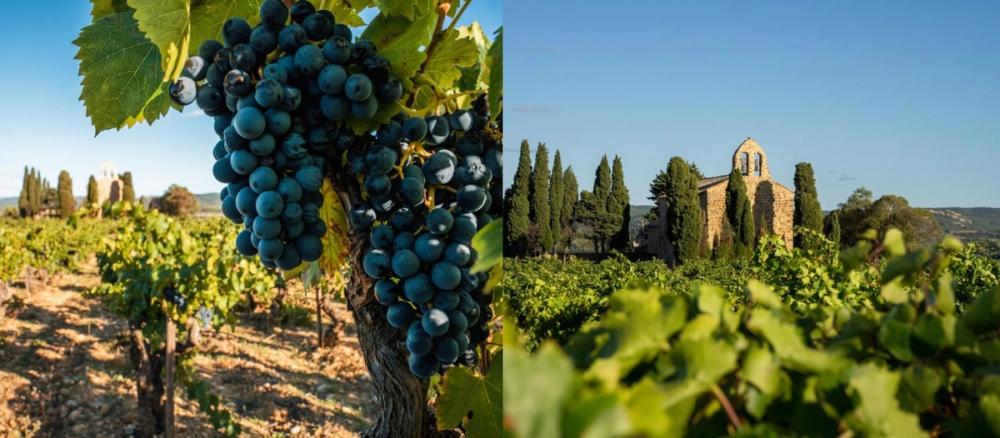
Languedoc producers today carry with them the traditions and the resilience of their predecessors
By the mid-19th century, the Languedoc had firmly cemented itself as France’s mass wine producer. Factory workers in other parts of the country drank three to five litres of wine a day, supplied by a new network of railways. The Languedoc wine industry boomed and the southern departments were soon producing as much as 40% of all the wine made in France.
But there was to be a reckoning. Since the 1830s France had been colonising Algeria and creating a new agri-viticultural frontier. By the turn of the 20th century, spurred on by the arrival of phylloxera, bulk wine from Algeria was undercutting the market for Languedoc wines. The Languedoc was now producing more wine than it could sell and not at a profitable level either.
A series of scandals and health scares due to poor quality and adulterated wines sold by unscrupulous middlemen and traders in major cities also led to a wave of imports from surplus Spanish and Italian wine.
Smaller producers began to band together into co-operatives, a business model which flourished across the Languedoc. However, a series of bumper vintages failed to sell, and the glut triggered an economic crisis that cascaded through the region. By 1907, ordinary people were ruined and unable to make ends meet.
With pleas for government help and tax relief falling on deaf ears, the region’s winemakers began to rally. A group from Minervois, led by winemaker Marcellin Albert, began to hold protests in local towns each week. The protests grew and grew. By May 1907, up to 80,000 to 100,000 people gathered in Narbonne, then 150,000 in Beziers. They carried banners that proclaimed: “Death to fraudsters!”, “Live working or die fighting!”, “To have so much good wine and no bread to eat!”.
Protests spread beyond the region to Perpignan and Nîmes. A quarter of a million marched through Carcassonne. Some 800,000 people gathered in Montpellier, perhaps half of the entire population of lower Languedoc at that time. It was the largest protest in the history of the Third Republic and it shook the state to the core.
The protesters sent President Georges Clemenceau an ultimatum, he sent in troops. There were clashes and people were killed, leading the locally recruited 17th Regiment to mutiny and join the protesters.
Finally, the government relented, waiving taxes for winemakers and introducing laws to stop the abuse of chaptalisation. Most important of all, it passed a decree that guaranteed that drinks transported and sold as wine had to be made ‘exclusively from the alcoholic fermentation of fresh grapes or grape juice’.
The Languedoc spirit
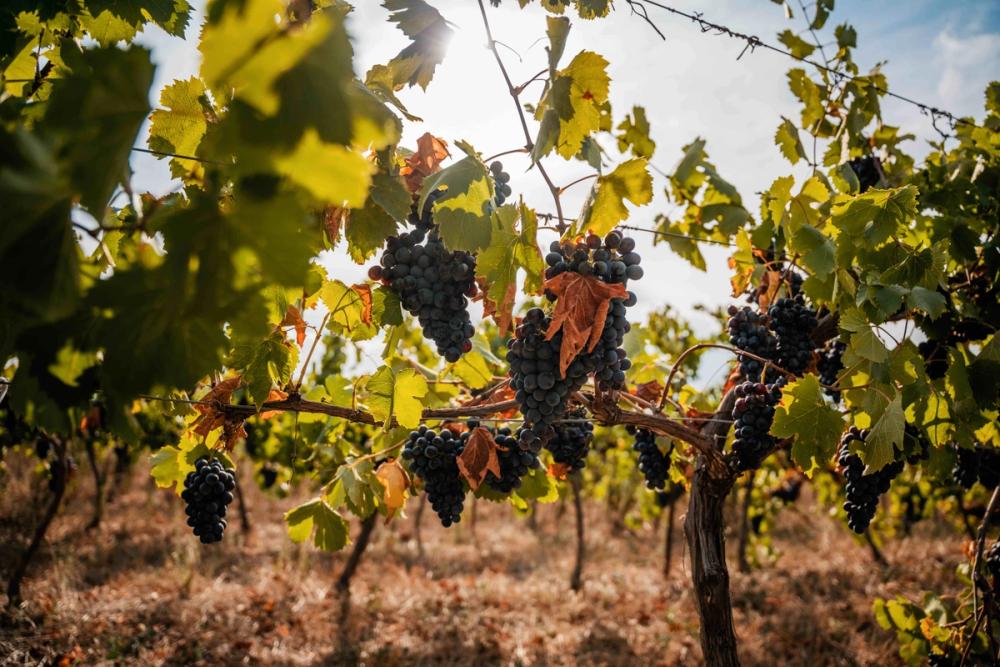
The Languedoc's climate and proximity to the sea has made it one of the power houses of the French wine industry
Often overlooked, these laws are a landmark moment in the history of French wine. Today it is taken for granted that wine is made from grapes, but we must remember that in an age before widespread food safety laws, this was not always the case.
The protests by the winemakers of the Midi should be more widely celebrated for its legacy; the integrity of wine, of terroir, of France’s wine heritage for future generations. It undoubtedly helped influence the introduction of the system of Appellation d’Origine Contrôlée less than 30 years later.
Today’s vignerons throughout the Languedoc draw from this deep well of historical context and instinct passed down through the generations each harvest. The fierce pride in their wine and wine heritage, the revolutionary spirit and the ability to overcome any challenge, this is the character of the Languedoc’s winemakers, past and present.
Re-invention
From the 1920s to 1970s the Languedoc continued to have a reputation for large scale and cheaply made wines. But, in the last 40 years, this plucky region has started fighting back.
There has been a huge change in approach to both viticulture and winemaking. The region’s big co-operatives are among those leading the charge for more sustainable, environmentally friendly viticulture, high quality winemaking and a reinvigorated vision of the look and taste of the region’s wines.
More independent growers have emerged, often longstanding vine-growing families now turned winemakers. Here there are younger generations who’ve studied and worked around Europe and further afield, bringing back fresh ideas and approaches to their craft.
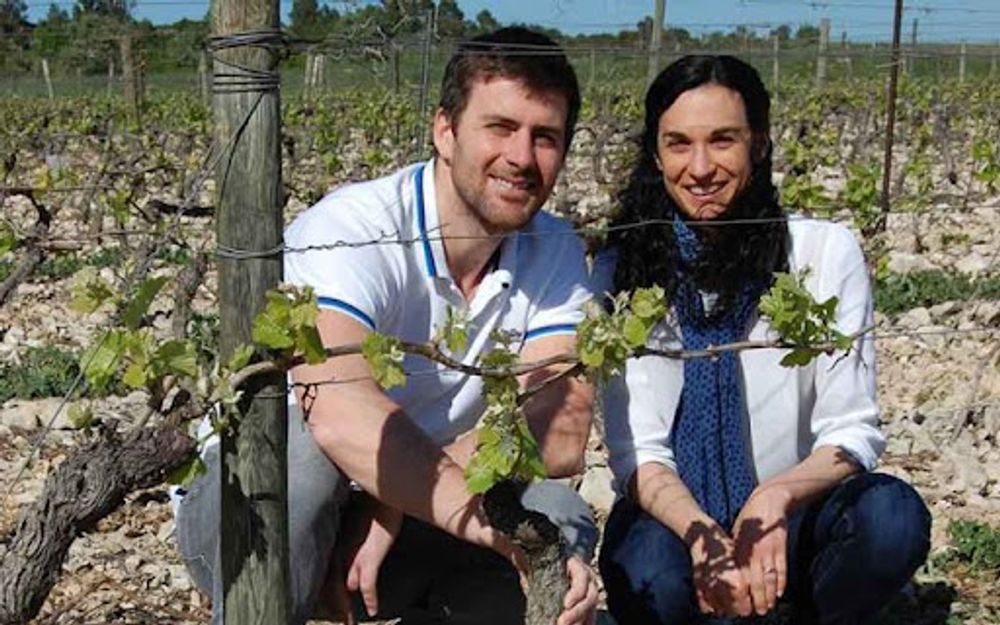
Olivier and Stéphanie Ramé at Maison Ventenec
Take, for example, Maison Ventenac run by Olivier and Stéphanie Ramé. Stéphanie is the daughter of a wine family in Cabardès. Together they bought Stéphanie’s father’s estate and turned it from being a very traditional, largely bulk wine supplier, into one of the leading minimal interventionist estates in the area, farmed completely organically and with an annual production of 1.7 million bottles made with indigenous yeasts and low to no SO2 additions at bottling.
Cabardès is particularly interesting as a case study. It’s one of the smallest AOPs in the Languedoc, with only 28 winemakers farming 450ha. It’s also one of the youngest groups of winemakers on average and with a high mix of locals and newcomers. With many having studied abroad (increasingly the case across the entire region), there’s a highly eclectic mix of influences and visions when it comes to winemaking.
Other winemakers, sometimes from large and prestigious estates, have also set up projects in the Languedoc.
Still more newcomers, even the French ones, are entirely new to the world of wine. Cédric Barbe bought Fonsalades in Saint-Chinian in 2014. A native of Toulouse, he originally worked in the aerospace industry.
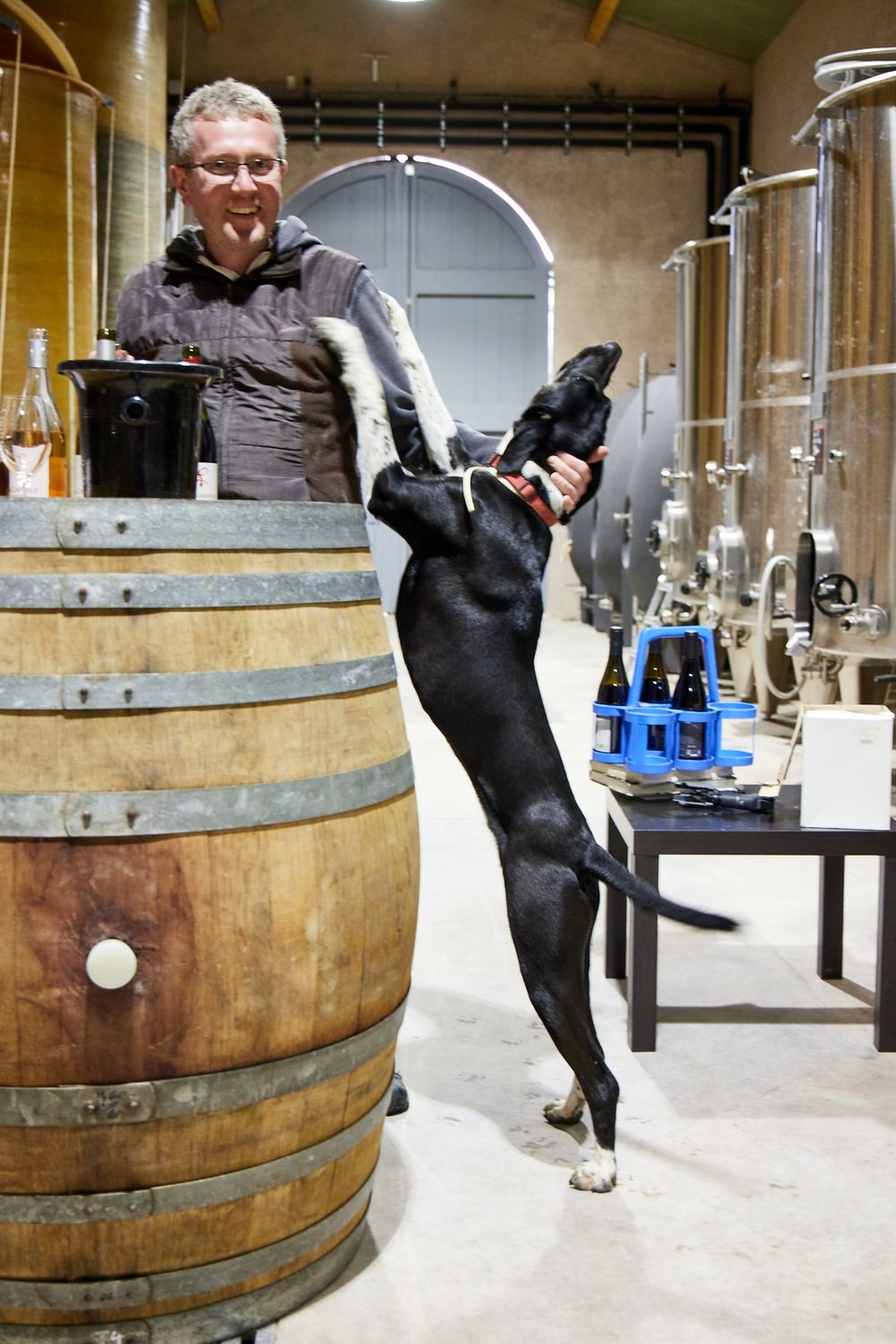
Olivier Faucon who now owns Mas Combarèla in Terrasses du Larzac
Or there is Olivier Faucon who now owns Mas Combarèla in Terrasses du Larzac. Originally from Lille where he worked in marketing, his dream of owning a winery was stoked by reading the bande dessinée ‘Les Ignorants’ about an illustrator who goes to learn how to run a vineyard.
And from around the world, there has been an influx of keen winemakers from Germany, Norway, the Netherlands, the UK and even New Zealand are also making their mark.
In Saint-Georges d’Orques near Montpellier, Robin and Liz Williamson (he from the UK, she from New Zealand) escaped London’s rat race and made the Languedoc their home in 2001. Not only was the Languedoc affordable but Robin liked, ‘the dynamism of the place. It doesn’t have the rigidity of other parts of France’.
The Languedoc is a region fuelled by the ability to absorb new arrivals, who in turn set about bringing new energy and ideas to their domains. Armed with the ability to bottle a vast panoply of grape varieties under the auspices of an appellation or an IGP wine, the result is wines that look, and taste refreshed and reinvigorated.
* In part two of his report, Rupert Millar, looks at the unique terroir of the Languedoc and how it is heavily influenced by its climate and proximity to the sea.
